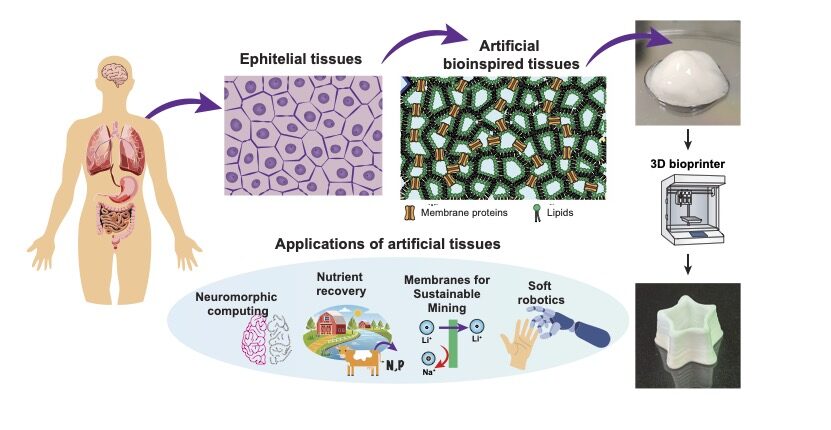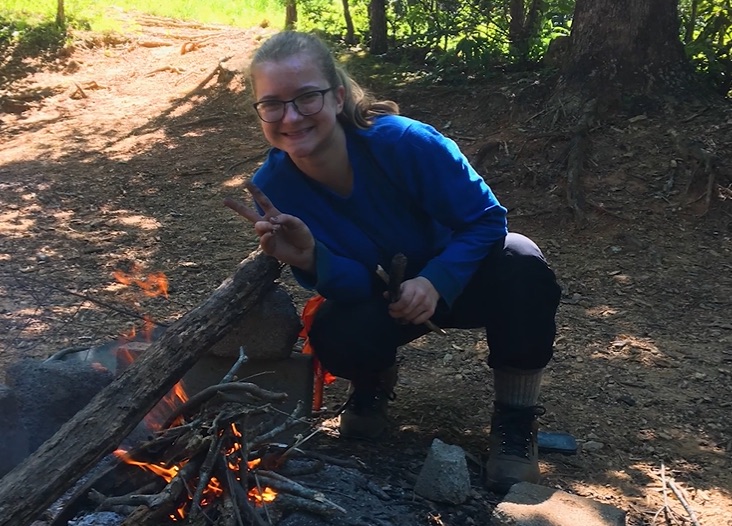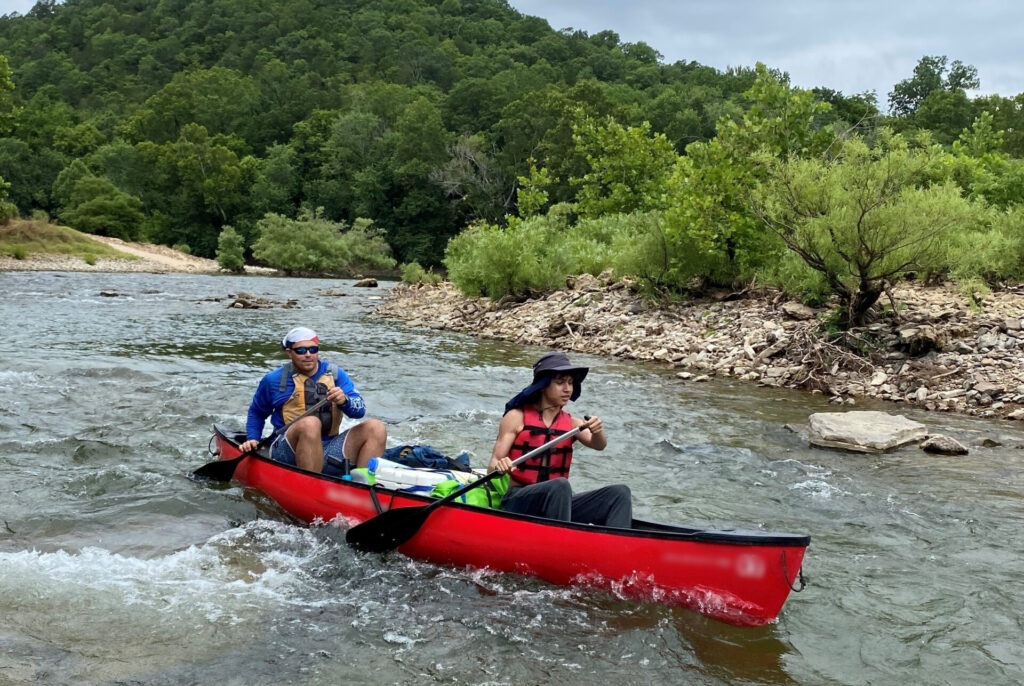This story spotlights how Dr. Manish Kumar and his University of Texas at Austin research team made a scientific breakthrough that could facilitate a range of technological and biological innovations. Science is one of WoodNext’s core focus areas and we fund an array of research projects in biomedical and physical science, including materials science.
Dr. Manish Kumar, Professor, Cockrell School of Engineering at the University of Texas at Austin
Manish Kumar is an expert in environmental and water engineering. To improve how we separate useful materials from waste, his team works on copying the processes of how cells control which molecules enter and leave them. “WoodNext’s support allows us to do bold experiments in areas unfamiliar to us,” Manish says. One success from his WoodNext-supported research was finding a better, more efficient way to salvage ammonia, a chemical used in fertilizer, out of wastewater.

While working on this project, Manish’s team unexpectedly also discovered a new kind of tissue material called JIBEs (Jammed Interconnected Bilayer Emulsions). JIBEs can possibly help to efficiently extract materials like rare earth minerals and lithium. Moreover, JIBEs can also “remember” certain kinds of past actions. (Specifically, JIBEs have properties of a memory type called memristance—that is, the ability to “remember” a previous stimulus and adjust their resistance based on the memory of that stimulus.) This major discovery could lead to new types of computers that work more like the human brain. JIBEs tissue might even have the potential to be integrated into the human body to monitor or respond to certain changes.
To learn more about the scientific research we fund, be sure to read our stories about research on the biological human clock and the physical sciences.



